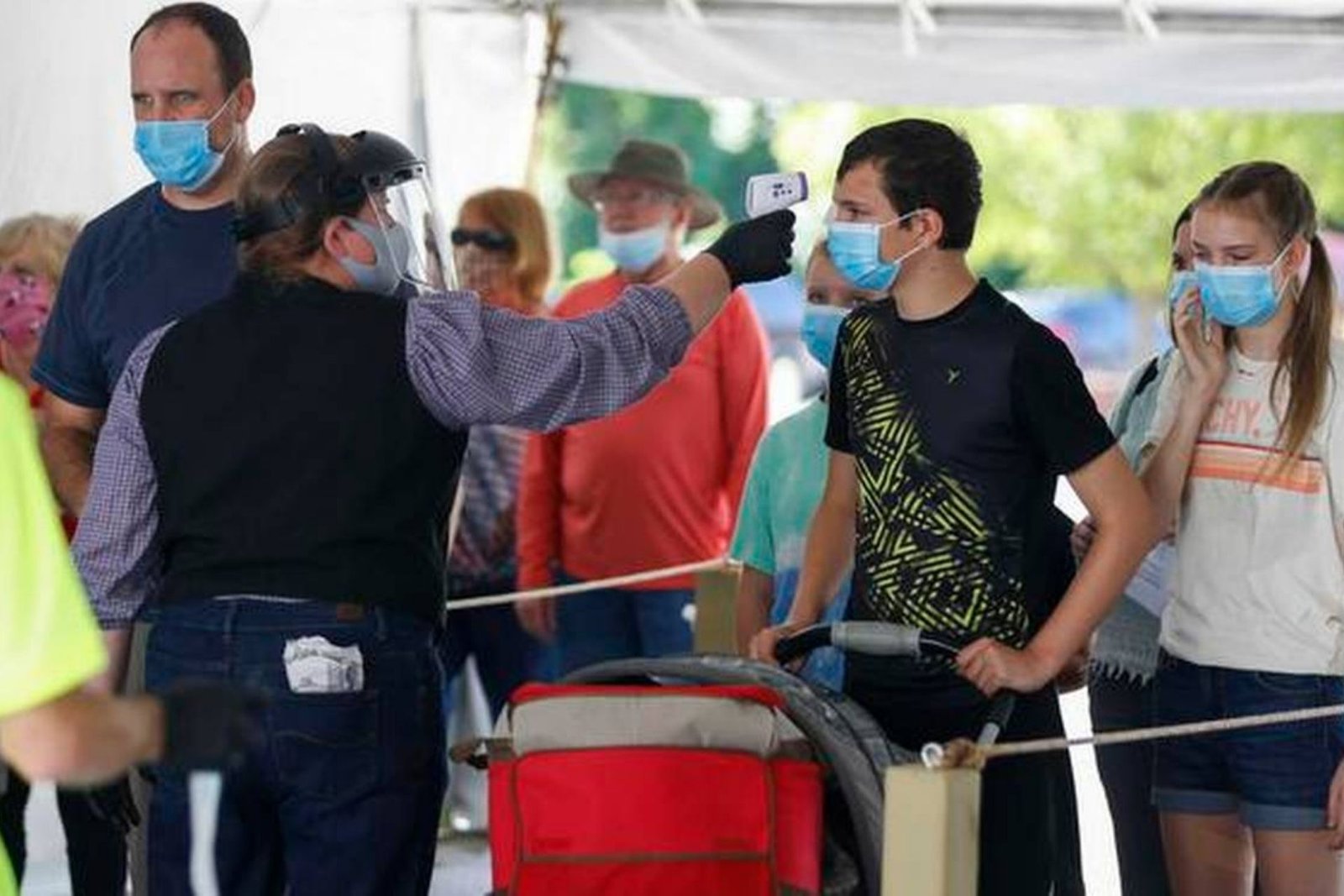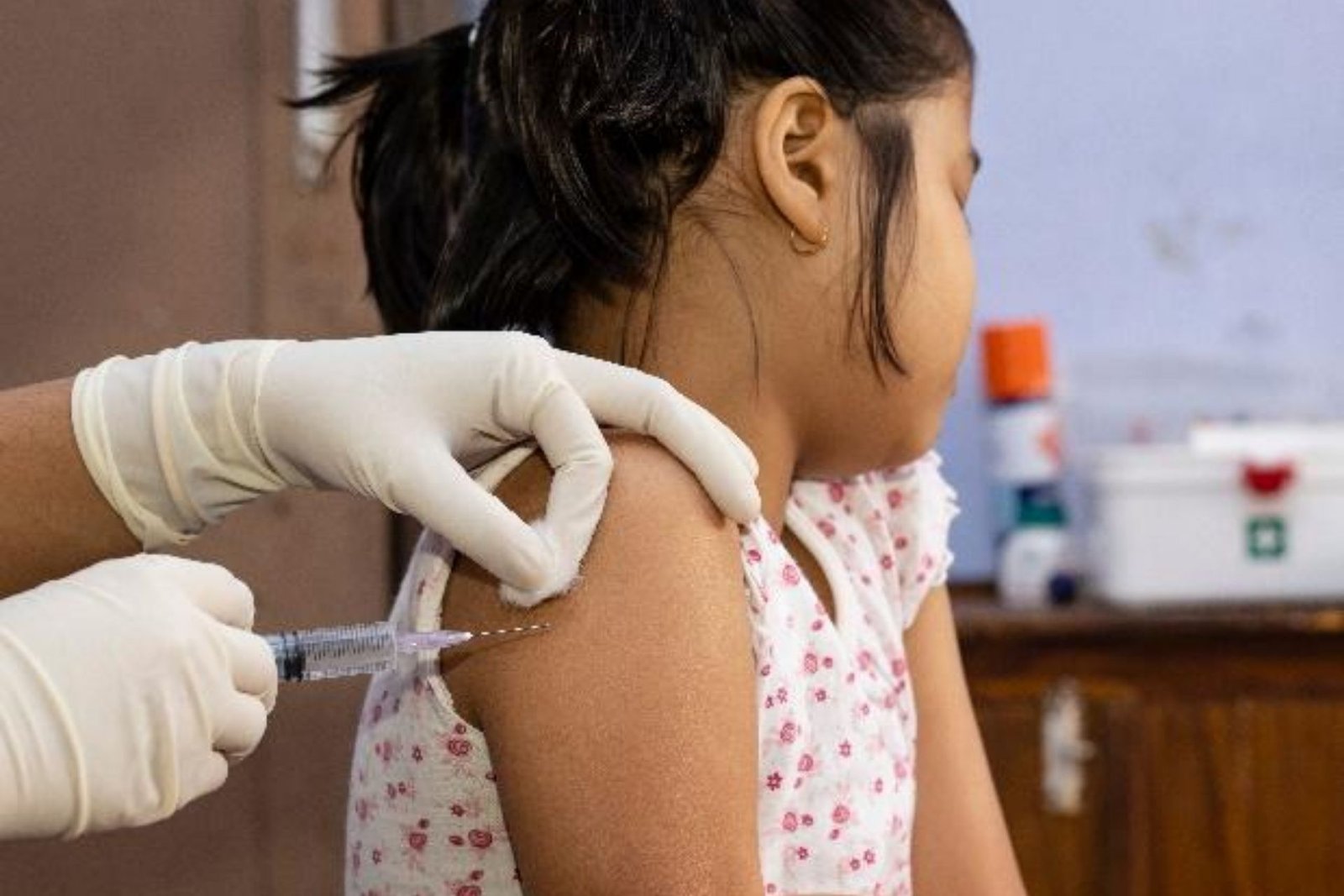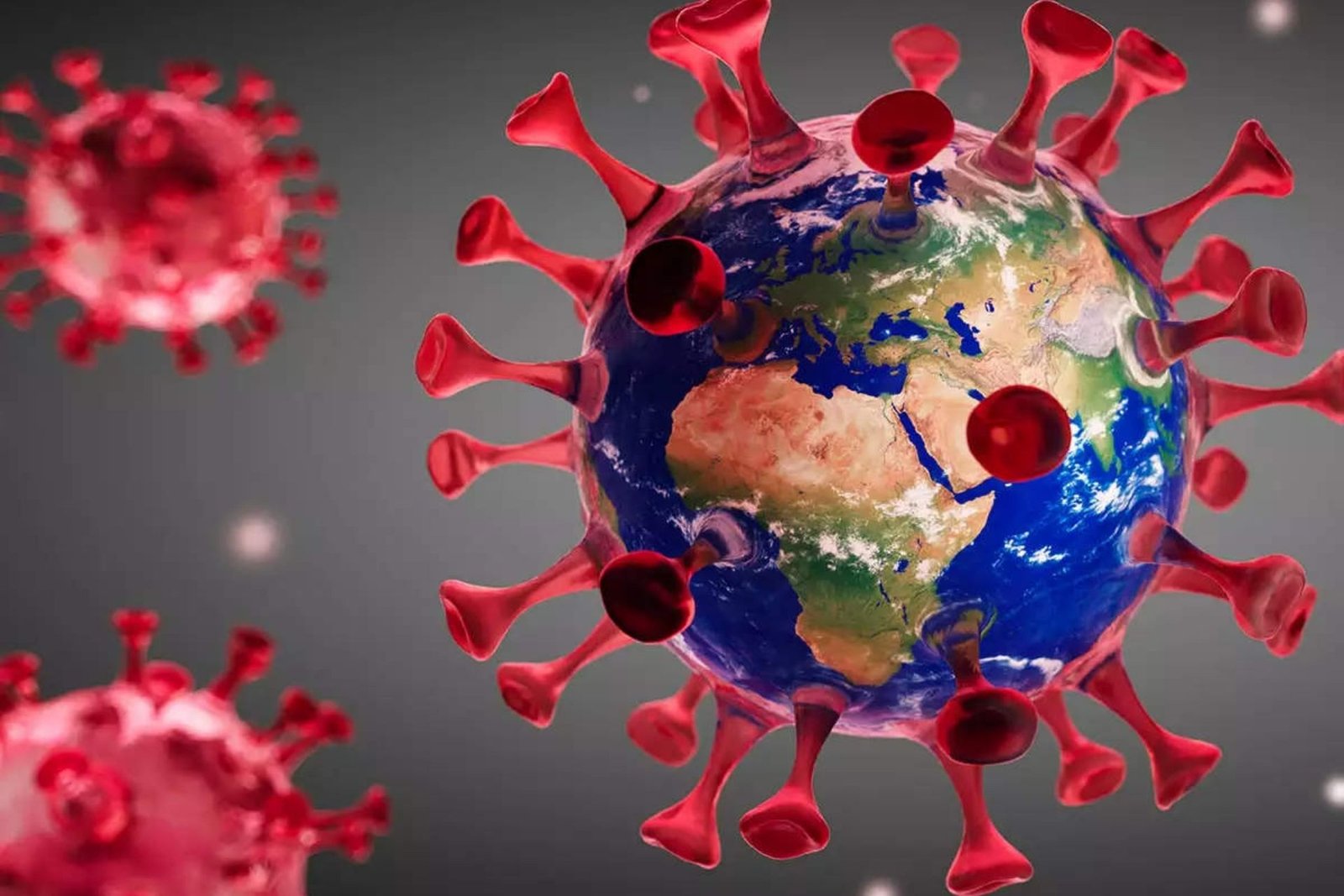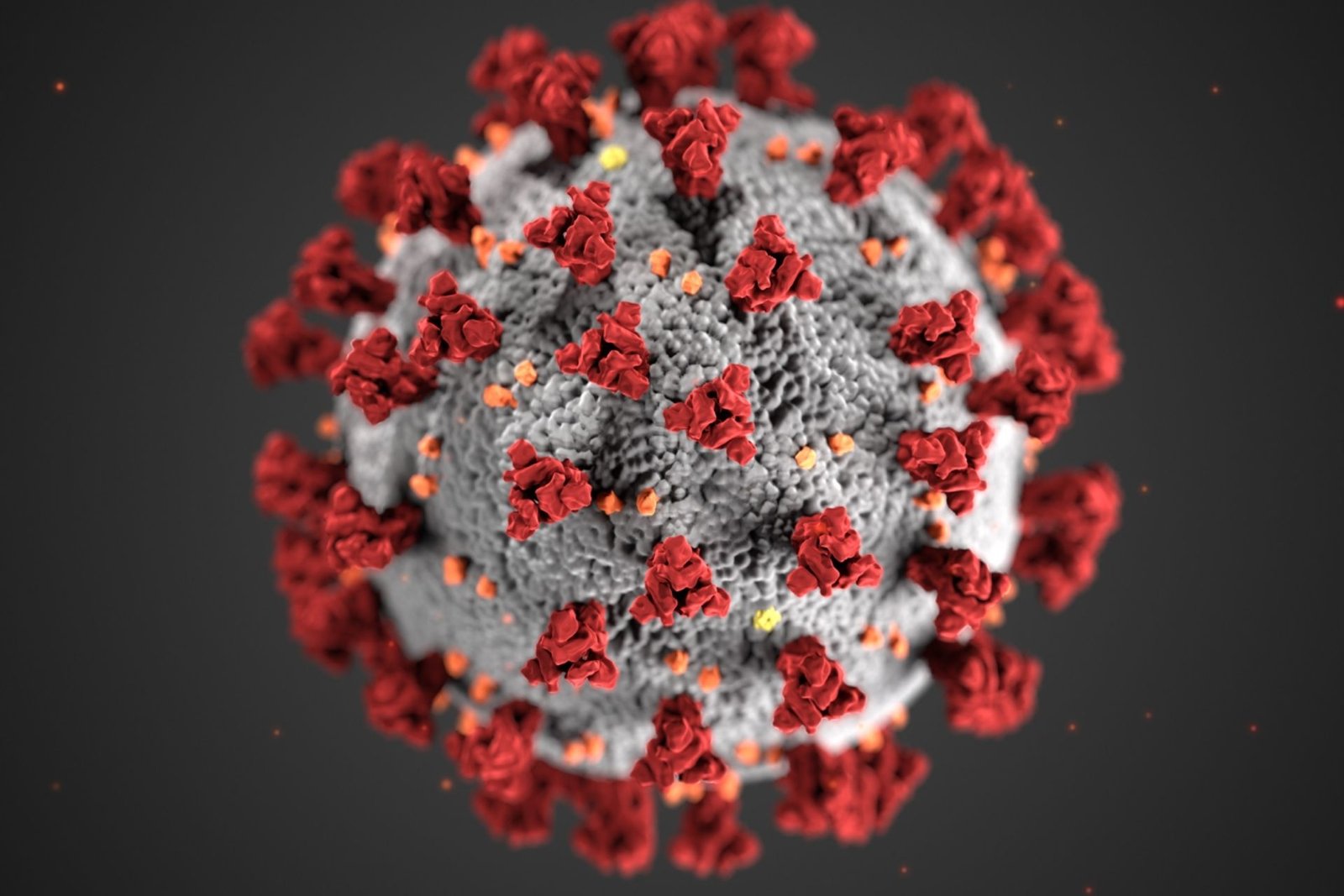According to new research, the United States could face a severe influenza outbreak if public health measures such as face masks and social distancing are lifted.
These measures have protected people from COVID-19 and influenza—influenza incidence dropped by 60% in the first ten weeks after the measures were implemented—but they are also making more Americans susceptible to the flu as immunity to the virus wane.The findings of Columbia University Mailman School of Public Health researchers have been published in the Journal of Infectious Diseases
.The use of public health measures such as face masks and social distancing has decreased significantly since the 2020/2021 flu seasons, but has not yet returned to pre-pandemic levels. The extent to which the flu may re-emerge in the United States this winter is likely to be determined by how long these behaviours persist.
Pei and colleagues used a computer model of influenza A/H1 and B that circulated in early 2020 to calculate the reduction in incidence and transmission following the implementation of non-pharmaceutical interventions (NPI) in most states on March 15, 2020. Travel restrictions, face masks, social distancing, public education on prevention measures, and school closures are examples of NPIs.

They also forecasted national influenza transmission over the next five years. The model was built using data from the CDC’s FluView website. A large outbreak was followed by several years of severe flu seasons.According to the model’s projections, a large-scale influenza outbreak is likely as public health measures are relaxed. In the following seasons, outbreaks will be elevated as well, gradually returning to pre-pandemic levels. Over the last decade, influenza deaths in the United States ranged from 12,000 in 2011-12 to 61,000 in 2017-2018.
“Our projections show that the downstream, ripple effects of pandemic public health measures could last for several years,” Pei says.How severe could the flu pandemic be?It could be disastrous.
The longer the control measures remain in place before being lifted, the more people will be susceptible to an influenza infection—a situation that could lead to a more severe outbreak in areas of the country that adhered to masking and other public health measures during the pandemic. Furthermore, the researchers anticipate that the global suppression of influenza activity during the pandemic will make it difficult to predict future circulating strains to inform influenza vaccine production.
As a result, vaccine effectiveness may suffer. Furthermore, influenza suppression during the pandemic could result in a surge of multiple influenza strains, including the A/H3 strain, which has a high mortality rate and hasn’t been widely circulating since the 2018-2019 season
. All of these factors would add to the severity of the outbreak. Or perhaps not. Because of people’s reluctance to seek medical care for non-emergencies during the pandemic, the suppression of influenza during the 10-week study period may have been overstated in the data.
Another question is whether antigenic escape (viral mutations that allow it to evade the immune system) rather than waning immunity is the dominant mechanism in the accumulation of influenza susceptibility in the population. If this is the case, influenza will have fewer opportunities to mutate while public health measures are in place.
When public health measures are lifted, people with more durable influenza immunity will be less susceptible to the virus. All of these factors would contribute to a less severe outbreak.Variation in influenza activity in 2020 by regionChanges in Influenza were observed during the study period.

The reduction in activity ranged from 68 percent in Region 3 (Delaware, Pennsylvania, Virginia, West Virginia, and Washington, D.C.) to 88 percent in Region 5. (Illinois, Indiana, Michigan, Minnesota, Ohio). The prevalence of influenza B ranged from 32% in Region 1 (Connecticut, Maine, Massachusetts, New Hampshire, Rhode Island, and Vermont) to 91% in Region 7. (Iowa, Kansas, Missouri, Nebraska).
Unusually, Region 2 (New Jersey, New York, Puerto Rico, and the Virgin Islands) experienced an increase in influenza incidence, which the authors attribute to increased medical visits early in the pandemic, which detected influenza cases that would otherwise have gone undetected. The authors excluded Region 2 from their projections due to this bias.Yuchen Qi, a former MS student in biostatistics, is the study’s first author. Jeffrey Shaman, an environmental health sciences professor, is a co-author.
_______
Covid-19 | Don’t forget to follow us on Twitter @njtimesofficial. To get the latest updates









